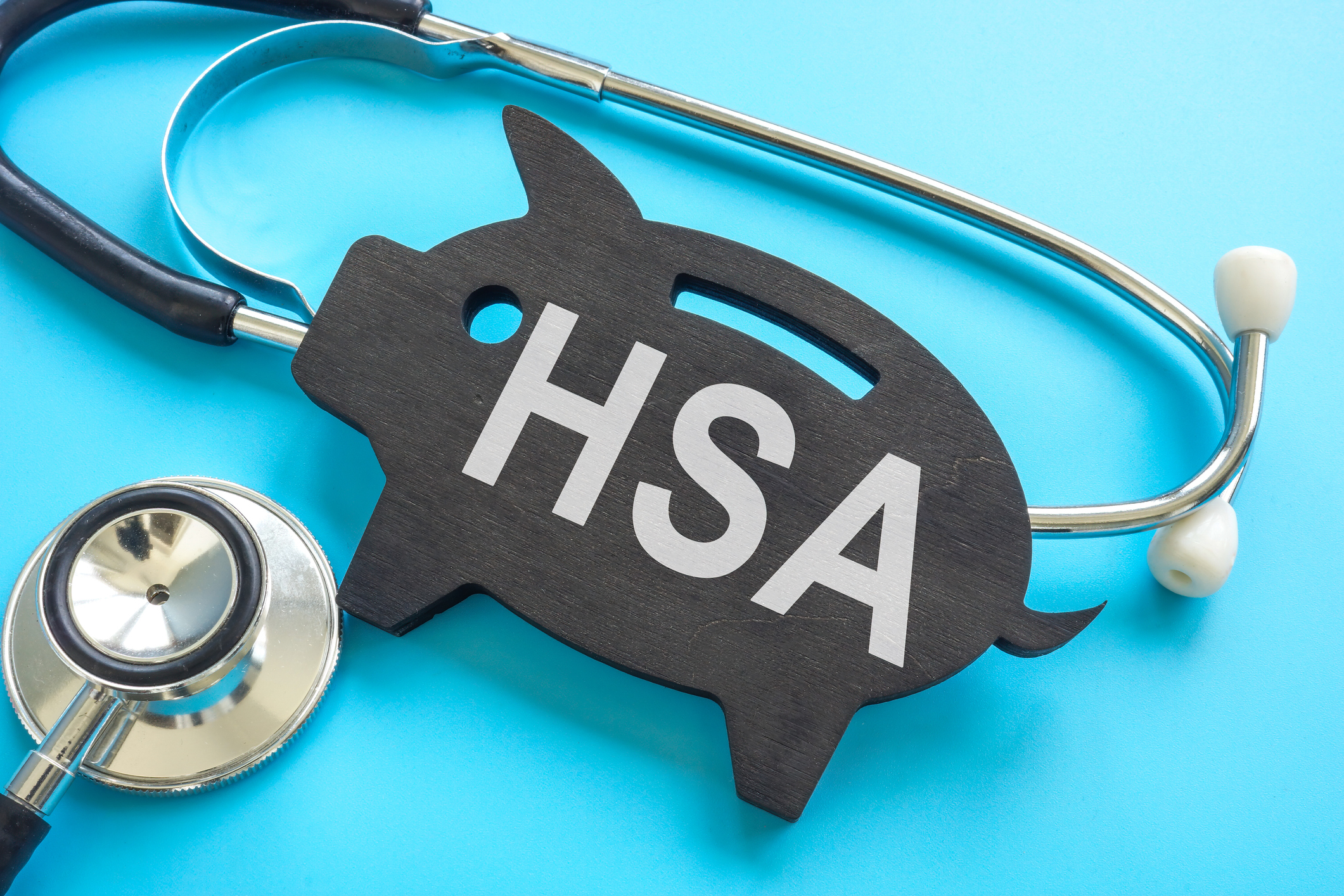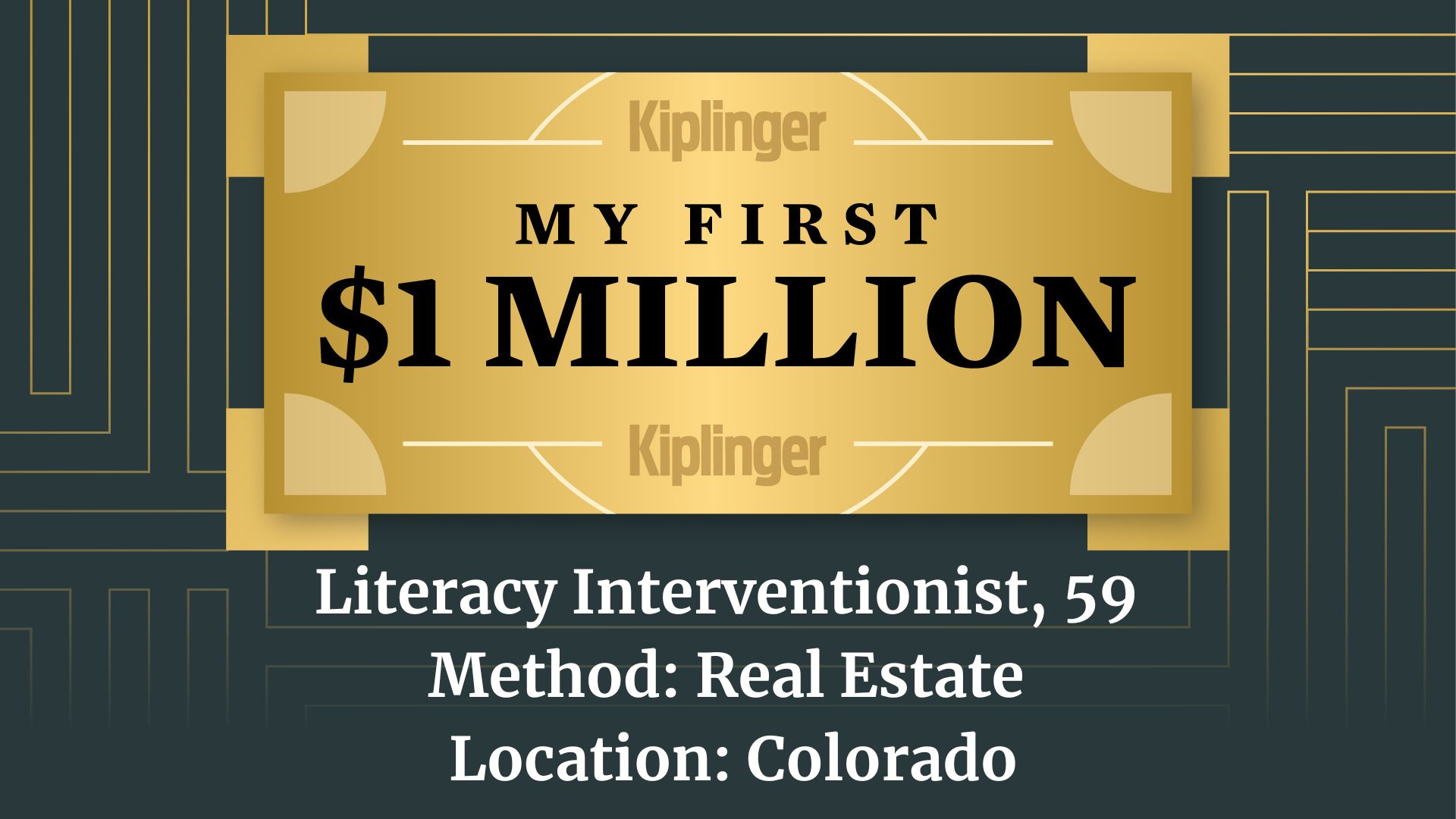Is It Worth Getting a High-Yield Savings Account Before the Fed Meeting?
The Fed meets on March 18 and 19 with a rate cut unlikely, It means savers have time to secure excellent rates with a high-yield savings account.

Sean Jackson
With many high-yield savings accounts (HYSA) offering APYs of 4% and above, now is a great time to make the most of your savings through compound interest. If you haven’t opened one yet, it’s worth considering — especially ahead of the next Federal Reserve meeting.
After three rate cuts ended 2024, the Federal Reserve didn't cut rates at their meeting in January. And it's likely they also won't cut rates when they meet again this week.
Because of the likelihood of the Fed holding rates steady for now, it means you can earn a higher rate of return on high-yield savings and CD accounts.

Sign up for Kiplinger’s Free E-Newsletters
Profit and prosper with the best of expert advice on investing, taxes, retirement, personal finance and more - straight to your e-mail.
Profit and prosper with the best of expert advice - straight to your e-mail.
Why it’s worth getting a high-yield savings account before the next Fed meeting
While opening a high-yield savings account before the next Fed meeting won’t lock in current rates, as the APY on these accounts fluctuates with the market, it’s still worth it to open one.
If you were to save $10,000 in an account with a 4% APY, you’d earn $400 in interest after just one year of savings, with no effort on your part. With an APY of 0.61%? You'd earn just $61 in interest. That’s a $339 difference, and all you have to do is take five minutes to open a high-yield account, which is super simple.
And remember, with the power of compounding, the earlier you start investing, the better your returns will be.
You’ll open it the same way you’d open a traditional account, except you may have to forgo your brick-and-mortar bank for an online bank or credit union, as these are where high-yield accounts with the best rates are typically offered.
Compare rates on high-yield accounts by using our tool below:
When to consider a CD account
Unlike high-yield savings accounts, CD accounts offer a fixed APY. This means that if rates go down after you've opened a CD, your earnings won't be affected.
While opening a CD account can be a smart way to take advantage of high rates for as long as possible, there's one caveat: You'll need to make sure you don't make any withdrawals before the CD matures. Doing so will result in fees that can offset any interest earned (unless you have a no-penalty CD account).
You can compare CD rates by using our tool below. Before opening one, however, make sure you choose a maturity date that makes sense for you financially.
The bottom line
Taking advantage of today’s high-yield savings and CD account rates can help you maximize your earnings. Although the Fed is expected to hold rates steady at its upcoming meeting, the possibility of future cuts could lead to lower returns on savings accounts.
By acting now, you can secure a competitive rate and make the most of your savings before any shifts in monetary policy impact future returns.
Related Content
Get Kiplinger Today newsletter — free
Profit and prosper with the best of Kiplinger's advice on investing, taxes, retirement, personal finance and much more. Delivered daily. Enter your email in the box and click Sign Me Up.

Erin pairs personal experience with research and is passionate about sharing personal finance advice with others. Previously, she was a freelancer focusing on the credit card side of finance, but has branched out since then to cover other aspects of personal finance. Erin is well-versed in traditional media with reporting, interviewing and research, as well as using graphic design and video and audio storytelling to share with her readers.
- Sean JacksonPersonal finance eCommerce writer
-
 Do You Need an AI Agent in Your Life?
Do You Need an AI Agent in Your Life?AI agents promise to be the next big thing in artificial intelligence, but what exactly do they do?
By Tom Taulli
-
 Learn if you should buy a new iPhone amid tariff concerns. Discover how to save money on the purchase.
Learn if you should buy a new iPhone amid tariff concerns. Discover how to save money on the purchase.Looming tariffs can make an iPhone purchase seem urgent. Here's what to do if you need another phone but want to save money.
By Laura Gariepy
-
 What Are AI Agents and What Can They Do for You?
What Are AI Agents and What Can They Do for You?AI agents promise to be the next big thing in artificial intelligence, but what exactly do they do?
By Tom Taulli
-
 Should You Buy an iPhone Now Before Tariffs Hit?
Should You Buy an iPhone Now Before Tariffs Hit?Looming tariffs can make an iPhone purchase seem urgent. Here's what to do if you need another phone but want to save money.
By Laura Gariepy
-
 Here's When a Lack of Credit Card Debt Can Cause You Problems
Here's When a Lack of Credit Card Debt Can Cause You ProblemsUsually, getting a new credit card can be difficult if you have too much card debt, but this bank customer ran into an issue because he had no debt at all.
By H. Dennis Beaver, Esq.
-
 Reminder: The Basics of Using HSA Funds
Reminder: The Basics of Using HSA FundsHealth savings accounts (HSAs)can help you cover out-of-pocket medical costs. Just make sure you understand the rules and keep records of qualifying expenses.
By Ella Vincent
-
 A Checklist for High-Net-Worth Individuals: How to Protect and Grow Your Wealth
A Checklist for High-Net-Worth Individuals: How to Protect and Grow Your WealthA strategic guide to managing, preserving, and expanding your wealth for long-term financial security.
By Dori Zinn
-
 Earn a 50% Discount to The Cultivist With Capital One Venture X
Earn a 50% Discount to The Cultivist With Capital One Venture XTour some of the world's top art museums for less when you use your Capital One Venture X card to score a 50% discount to The Cultivist.
By Sean Jackson
-
 Going to College? How to Navigate the Financial Planning
Going to College? How to Navigate the Financial PlanningCollege decisions this year seem even more complex than usual, including determining whether a school is a 'financial fit.' Here's how to find your way.
By Chris Ebeling
-
 My First $1 Million: Literacy Interventionist, 59, Colorado
My First $1 Million: Literacy Interventionist, 59, ColoradoEver wonder how someone who's made a million dollars or more did it? Kiplinger's new My First $1 Million series uncovers the answers.
By Joyce Lamb